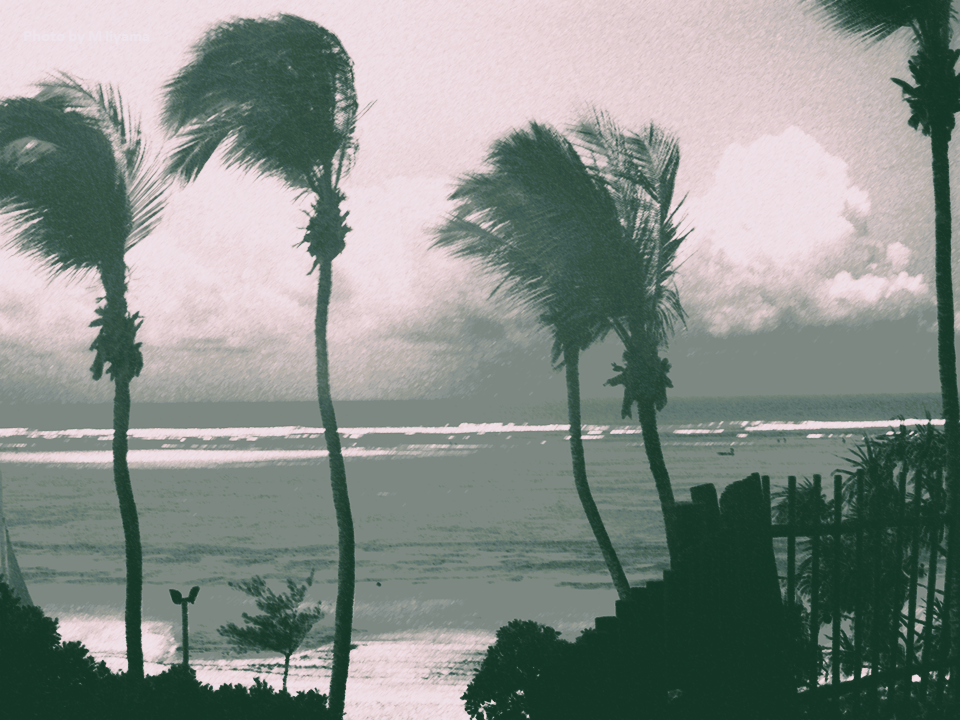Pick Up
633. Recent Extreme Weather Events

Last weekend, temperatures in Kanto reached nearly 30ºC, but from mid-week to today, the weather turned cold, almost like early winter, and large temperature differences are predicted for the rest of October. We have been hearing a lot about extreme weather events in Japan and around the world recently.
Typhoon No. 14 (Nanmadol), which made landfall in Japan in mid-September, had a central pressure of 935 hPa at landfall, the fourth lowest central pressure ever recorded for a typhoon to hit Japan (and the lowest since 2000), and was also the strongest typhoon to hit mainland Japan.
According to the World Meteorological Organization, tropical cyclones caused record-breaking damage on the other side of the globe at the end of September, with Hurricane Ian hitting Cuba and Florida, and Typhoon Noru causing damage in the Philippines and Vietnam. Hurricane Ian, which made landfall in Cuba on September 27 and was then boosted by the warm waters of the Gulf of Mexico, hit Florida on September 28 with a magnitude equivalent to a once-in-a-century hurricane, causing extensive infrastructure damage. Typhoon Noru wreaked havoc in the Philippines on September 24-25, then struck Vietnam on September 26-27, triggering an emergency alert and reportedly prompting UN agencies to take emergency measures.
Climate change is expected to continue to increase the frequency of extreme events. In addition to the expansion of early warning systems, climate change adaptation and mitigation measures must be taken.
Contributor: IIYAMA Miyuki (Information Program))
